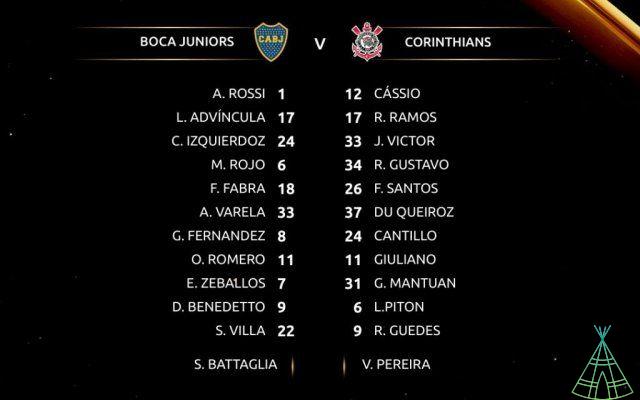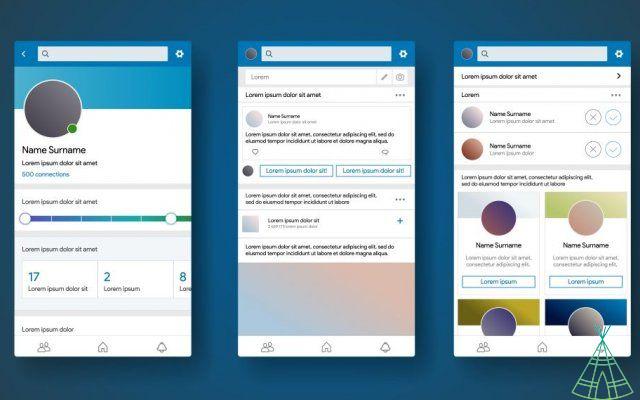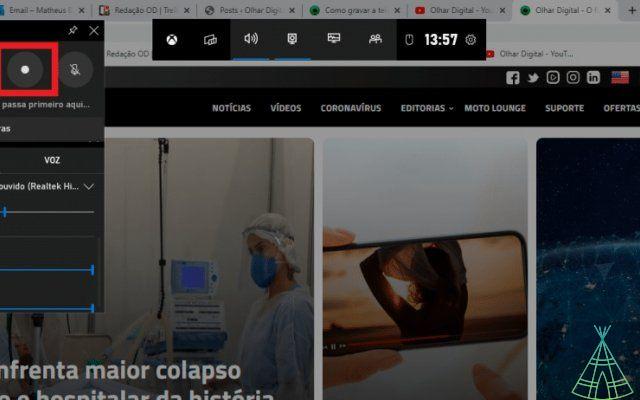The cover and back cover of an academic work follow specific rules established by the Spanish Association of Technical Standards (ABNT). These norms regulate what must be included in the work from beginning to end, as well as the formatting of these elements. In this article, we will explain what the ABNT rules are and give practical examples on how to make the cover and back cover according to the standards.
What is ABNT?
ABNT is the Spanish Association of Technical Standards, a private non-profit organization whose objective is to develop technical standards for different sectors of society. ABNT is recognized by the Federal Government or the Spanish standardization body and, therefore, its standards are adopted throughout the country.
ABNT standards regulate various aspects of an academic work, from text formatting to the front and back covers. In the case of covers, ABNT establishes the information that must be included and the format that they must have.
What are cover and back cover work for ABNT?
The front and back covers of academic works have the main purpose of providing basic information about the document. In addition, they also serve as a way to protect the work and give it a more professional look.
They follow specific rules of the Spanish Association of Technical Standards (ABNT). These standards regulate both the information that must be included on the covers and their format.

In general, they are used for Course Completion Work (TCC), but they can also be used for other types of academic work, monographs and scientific articles.
The covers and back covers of academic works follow ABNT's NBR 6023, NBR 6024 and NBR 14724 standards. These standards regulate both the information that must be included on the covers and their format.
They must contain the following information:
- Institution Name
- course name
- Author name (person who carries out the work)
- Title
- Subheadline
- City where the project or study was carried out
- And year of presentation of the work.
The front and back covers of academic papers must follow the A-4 format, which is the standard format for front and back covers in Brazil. This format is determined by the size of the sheet (A-4), the height (210 mm) and the width (297 mm).
The covers of academic works must be printed on white paper, Times New Roman size 12 font. The back covers must be printed on green, yellow or blue paper, Times New Roman size 12 font.
the cover in the ABNT norms
The margins on the cover of an academic work must be 25 mm (top margin), 30 mm (bottom margin), 20 mm (left margin) and 20 mm (right margin).
On the cover, the job title information should be at the top, centered. The name of the author, the course, the institution and the city must be at the bottom, also centralized.
- Learn how to number pages in Word on computers and macOS
No Word:
- First, determine the cover format. the already mentioned, the cover must follow the A-4 format;
- Set the margins (25 mm (top margin), 30 mm (bottom margin), 20 mm (left margin) and 20 mm (right margin));
- Then choose a font and font size for the text. The font Times New Roman size 12 is the font amended by ABNT norms;
- Then choose a paper to print the cover on. White paper is the most indicated by ABNT norms;
- Finally, enter the required information on the cover. This information is: the title of the work, the name of the author, the course, the institution, city and the date of presentation of the work;
- Optionally, you can also include other information, the author's registration number and the year of completion of the course.
Have watched the new videos on YouTube from Technology Refugee? Subscribe to the channel!


























